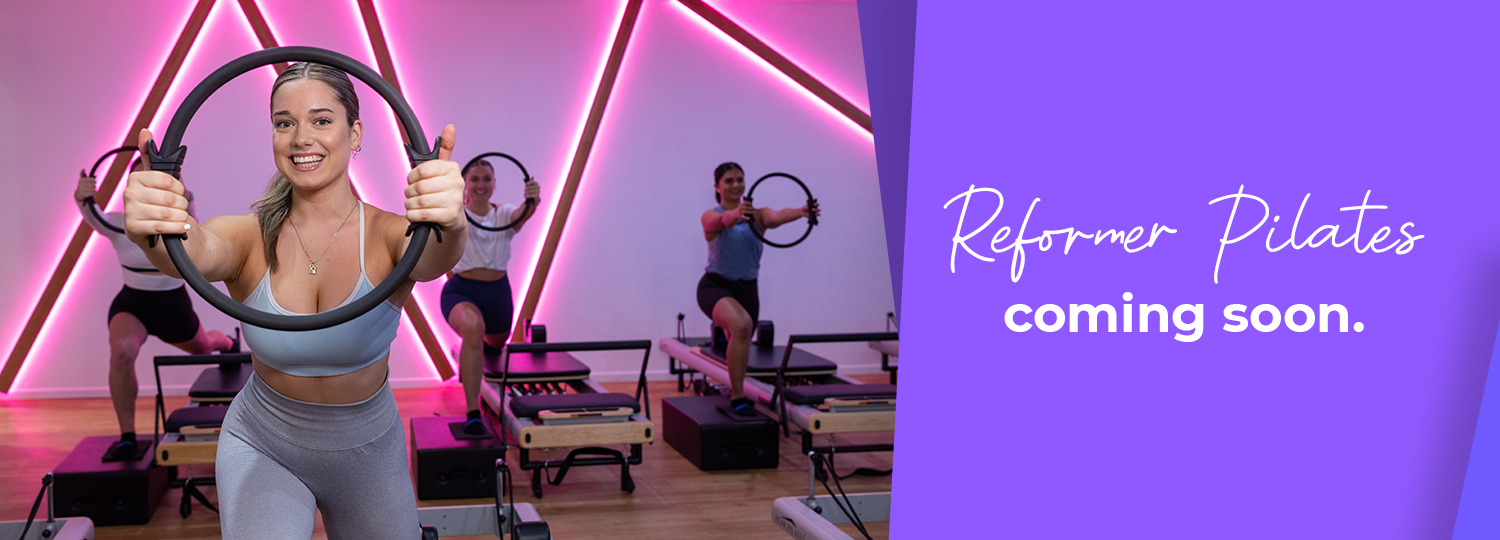10 Budget-Friendly Food Essentials!
A key aspect of success is not only making good food choices each day, it’s even more imperative to create an environment that ensures better choices are consistently available when you need them.
Having a well-stocked fridge, pantry and freezer with all the right foods will always enable you to crank out metabolically precise FDN (fast, delicious, nutritious) meals in 10 minutes or less.
Below, I have compiled a list of 10 FDN essentials that won’t break the budget. I have divided them into 2 categories so you can easily work them into your nutrition plan at the appropriate time.
High-Energy Food Essentials
1. Wholegrain bread.
Buy a few loaves when on special and freeze them for later. Wholegrain bread is a great source of fibre and ideal for consuming inside the metabolic window as a post-workout meal. Add a first-class protein like a couple of poached eggs together with some sautéed spinach and drizzled with flaxseed – makes for one quick, nutritious FDN meal!
2. Brown rice & Wholemeal pasta.
Premium whole grains are nutrition packed. I always tend to go with these energy-rich carb choices for my post-workout meals as they are more nutritious but also are more in tune with our biochemistry than traditional wheat-based products.
Just remember, the more refined the product is, the quicker the energy release. When consumed at the wrong times of the day, (not close to exercise) they can disrupt fat loss. Eating the whole grain is always best.
3. Oats.
Rolled oats are great for that quick inside the window post-workout meal and will set you back no more than a $1-$2. Buy a couple of bags of oats will go a long way. Oats are versatile and can be consumed as porridge, added to your MP-LM’s , or mixed with a few sultanas, dried fruit and nuts to make a muesli. Even add oats to your omelets. You can also use them for baking high fibre muffins and slices.
Oats are high in a type of fibre called beta-glucan, which has also been shown to help reduce cholesterol absorption, so they make a good choice for heart health.
Low- Energy Foods Essentials
4. Tinned tomatoes.
Great for sauces, thickening up soups and casseroles, used in slow cooked recipes, or heated up and served on toast with some eggs. Average cost – less than one dollar per 400g can.
Tinned tomatoes also make the perfect for a base for any Italian dish without having to spend a small fortunate on jarred sauce. Just add a few herbs and spices like mixed Italian herbs to give it an authentic italian flavor.
5. Frozen veg/ frozen fruit (packaged).
Perfect if you find that you end up throwing out half the contents of your veg crisper or fruit bowl at the end of the week. Just as nutritious as the fresh variety (and in some cases more so) these are a great way to boost your veggie and/or fruit intake.
6. Long – Life milk.
Great for when you get stuck without fresh milk, but also for adding to dishes to increase the protein content and creaminess.
Just a little tip – buy a variety of long-life milk like soy milk, rice milk, almond milk to add variety to your nutrition plan. They’re all around the same price as normal milk.
7. Cans of legumes.
Legumes are a great way to include protein if money is tight. You can base your whole meal on legumes or use them to boost the nutrition content of any meal.
Legumes such as pulses (chickpeas, beans and lentils) turn a salad or dish into a satisfying meal with their crunch and amazing texture. Legumes contain an array of vitamins, minerals and phytochemicals that optimize health. They also provide the all-important fibre that regulates blood glucose and insulin levels that ensure the right biochemical environment for fat metabolism and muscle protein synthesis.
Legumes of choice are chickpeas, red kidney beans, cannellini beans, red and brown lentils.
8. Eggs – Fresh & Frozen
Eggs are a quick, easy and cheap source of protein and contain a spectrum of nutrients conveniently packaged into a miniscule amount of calories. If possible, buy eggs from your local market – they’re fresh and much cheaper.
Packaged fresh, pure egg whites is nature’s pure protein that contains zero carbs and fats. The tiresome chore of separating egg whites from the yolk for the morning omelette is now a thing of the past. Can be bought in the frozen food section usually next to the pastries and frozen fruit, or in the fridge section in 500ml or 1Litre cartons. ( whenever I see egg whites – I literally clean out the shelf!) If you buy the egg whites in cartons, they can be frozen.
9. Cans/pouches of fish (salmon/tuna/sardines)
A high protein diet means a diet filled with nutritious protein choices. Cold water fish (salmon, tuna, sardines) are not only a good source of protein; they are a fairly good source of the bioactive omega-3s, EPA and DHA. I don’t think health-conscious people can meet all their omega-3 requirements from fish only, however, ensuring that fish is a big part of the diet is a good start.
Buying cans/pouches of fish is an easy way to get a hit of omega-3 fats without having to buy the more expensive fresh version. Throw some tuna or salmon, or sardines onto toast or into a salad, or with steamed veggies for a quick, easy and nutritious meal.
10. Seasonal fruit and veg.
Buy your food at local markets and produce stores. Learn where to get the best stuff locally in your area. Select your produce in season – it will definitely be cheaper and taste better.
This is by far the cheapest way to buy both fresh fruit and vegetables. You not only get the best deal, but you get the most nutrients from them as they haven’t had to travel as far, they’re much fresher when they get to you.
Having a good supply of these foods at all times is like taking out an insurance policy. They will protect you from the temptations of making a bad choice, ensure you never miss a meal, and keep you on track to achieving the body of your dreams. Best of all they won’t break your budget!
Category List
Strength and Tone (54)
Fitness (129)
wellbeing (2)
recipe (1)
sleep (1)
news (1)
Rehabilitation (1)
Find Your 30 (30)
Beginner (3)
Gym (5)
Your New Beginning (11)
genesis community (5)
food (8)
business (2)
training (4)
Weight Loss (41)
Plank (1)
Community (12)
group training (1)
Group (2)
Programs & Products (1)
competition (2)
transformation (1)
lifestyle (11)
gym owners (2)
productivity (1)
wellness (66)
Health Advice (2)
health (85)
reformer (2)
genesis team (3)
Genesis Ballarat (1)
Yoga (3)
fitness goals (3)
weight loss transformation (1)
reformer pilates (4)
challenge (4)
Workout (2)
Fitness Solutions (19)
Press Release (14)
franchise (3)
strength (1)
Exercises (2)
nutrition (51)


